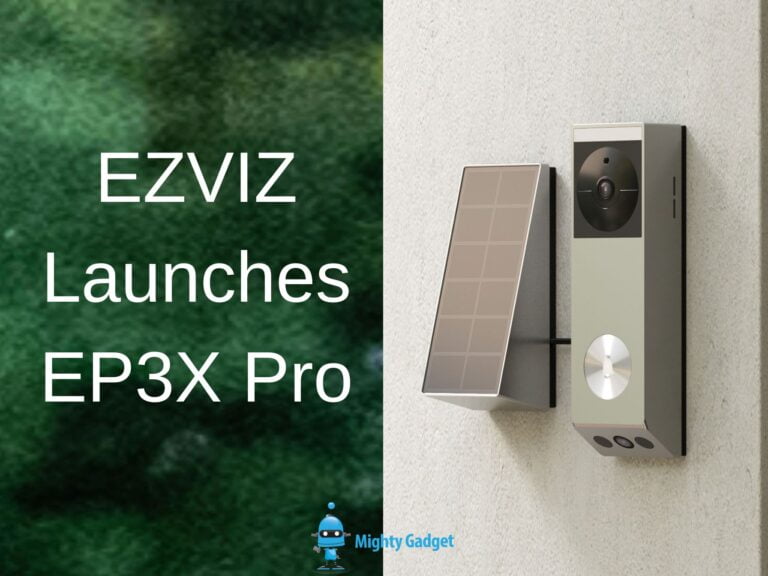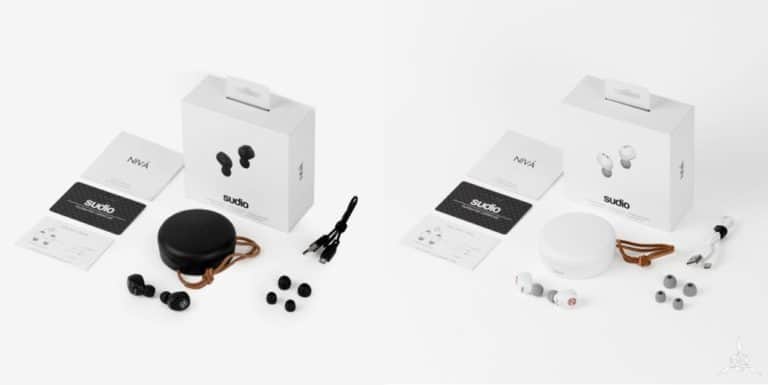Any links to online stores should be assumed to be affiliates. The company or PR agency provides all or most review samples. They have no control over my content, and I provide my honest opinion.
Yesterday Qualcomm announced its latest 5G chipset, the Qualcomm Snapdragon 480, which represents quite a significant moment for 5G. Qualcomm is now all-in with 5G across its product line-up. 5G is here to stay whether you like it or not, and it has gone mainstream.
Qualcomm Snapdragon 480 vs Snapdragon 460

Ignoring the 5G aspects, the chipset is a massive generational improvement from the previous Snapdragon 460.
The Qualcomm Snapdragon 480 looks more like a mid-range chipset from last year or 2019 adopting design with 2 x Cortex-A76 running at 2.0Ghz and then 6x Cortex-A55@ 1.8GHz.
The chipset it replaces, the Snapdragon 460 uses a 4×4 design but significantly less powerful CPU cores with 4x Kryo 240 (CA73) at 1.8GHz then 4x Kryo 240 (CA53) at 1.8GHz.
The new Qualcomm Snapdragon 480 chipset’s overall performance should be a bit about the Snapdragon 675, which was a solid mid-range chipset used on the Redmi Note 7 Pro Samsung Galaxy A70s and Moto Z4.
How will this upgrade affect pricing? What’s the cost of 5G?
One concern of such a significant improvement with the chipset is going to be how it affects the price of phones that use it.
Currently, phones that use the Snapdragon 460 include:
- Oppo A53 priced at £149.99 on Amazon
- Moto E7 Plus priced at £140 on Amazon
- Nokia 3.4 priced at £114.99 on Amazon
- OnePlus Nord 100 priced at £168.30 on Amazon
So, it will be interesting to see how future iterations of these phones are priced.
Qualcomm Snapdragon 480 vs Snapdragon 690 & 750G vs MediaTek Dimensity 720 & 800
| Qualcomm Snapdragon 480 | Snapdragon 690 | Mediatek Dimensity 720 | Dimensity 800 | |
|---|---|---|---|---|
| Manufacturing Process | 8nm LPP | 8nm LPP | 7nm | 7nm |
| CPU | 2x Cortex-A76@ 2.0GHz 6x Cortex-A55@ 1.8GHz | 2x Cortex-A77 @ 2.0GHz 6x Cortex-A55 @ 1.7GHz (Kryo 560) | 2x Cortex-A76 @ 2.0GHz 6x Cortex-A55 @ 2.0GHz | 4x Cortex A76 @ 2.6GHz 4x Cortex A55 @ 2.0GHz |
| GPU | Adreno 619 | Adreno 619L | Arm Mali-G57 MC3 | Arm Mali-G57 MC4 |
| RAM | 2x 16-bit @ 2133MHz LPDDR4X 17.0GB/s | LPDDR4X 1866MHz | LPDDR4x 2133MHz | LPDDR4x 2133MHz |
| Modem | Snapdragon X51 | Snapdragon X51 5G NR Sub-6 (no mmWave) LTE DL = 1200 Mbps UL = 210 Mbps 5G DL = 2500 Mbps UL = 1200 Mbps | Mediatek M70 | Mediatek M70 |
| AI | Hexagon 686 | Hexagon 692 HVX + Tensor | Integrated | NPU 1 big core |
Looking at the chipset compared to other recent affordable 5G chipsets, it looks to be positioned well against the MediaTek Dimensity 720. However, we are yet to see a phone with the Dimensity 720 launch in the UK. The Realme 7 5G uses the Dimensity 800u which has a superior spec.
Faced up against the MediaTek Dimensity 720, the Qualcomm Snapdragon 480 has a similar CPU spec but clocks the six Cortex-A55 cores a 10% lower at 1.8Ghz.
Against the Dimensity 800 and 800U, the CPU spec falls short, with the two Mediatek chipsets using four Arm Coretex A76 cores al of which are clocked higher (2.4GHz for 800u and 2.6GHz for 800)
When looking at the Snapdragon 690 and 750G, they use the same 2×6 design, but it uses the newer Arm Cortex A77 CPU cores which were only used on flagship chipsets last year.
GPU comparisons are harder, Qualcomm uses their own Andreno GPUs and is very vague about the spec. The SD480 has the Adreno 619 which is the same as the Snapdragon 750G and better than the Snapdragon 690 which uses the Adreno 619L. However, we don’t know if there will be frequency differences or something else to reduce performance.
Qualcomm Snapdragon 480 vs Snapdragon 690 & 750G 5G Modem and Connectivity
The Qualcomm Snapdragon 750G uses the Snapdragon X52 5G Modem while the SD690 and the new SD480 use the Snapdragon X51 5G Modem.
According to Qualcomm’s’ specs, the X52 can do o 3.7 Gbps down and 1.6 Gbps
The can do X52 on the SD480 can do 2.5 Gbps down and 660 Mbps up but the SD690 can go up to o 900 Mbps for the upload.
The SD480 offers mmWave: 200 MHz bandwidth, 2×2 MIMO, but this is lacking on the SD690, while the SD750G has mmWave: 400 MHz bandwidth, 2×2 MIMO
All the Qualcomm chipsets feature the FastConnect 6200, which offers up to WiFi 6 using 2×2 MIMO with 80Mhz channel utilization. However, it is up to the manufacturer to integrate this with a phone. The superb affordable Xiaomi Mi 10T Lite lacks WiFi 6 (probably to keep costs low)
I am James, a UK-based tech enthusiast and the Editor and Owner of Mighty Gadget, which I’ve proudly run since 2007. Passionate about all things technology, my expertise spans from computers and networking to mobile, wearables, and smart home devices.
As a fitness fanatic who loves running and cycling, I also have a keen interest in fitness-related technology, and I take every opportunity to cover this niche on my blog. My diverse interests allow me to bring a unique perspective to tech blogging, merging lifestyle, fitness, and the latest tech trends.
In my academic pursuits, I earned a BSc in Information Systems Design from UCLAN, before advancing my learning with a Master’s Degree in Computing. This advanced study also included Cisco CCNA accreditation, further demonstrating my commitment to understanding and staying ahead of the technology curve.
I’m proud to share that Vuelio has consistently ranked Mighty Gadget as one of the top technology blogs in the UK. With my dedication to technology and drive to share my insights, I aim to continue providing my readers with engaging and informative content.
Last update on 2025-07-18 / Affiliate links / Images from Amazon Product Advertising API











In India, neither did the Qualcomm Snapdragon 460 stand a chance in the budget range in competition with mediatek’s gaming processors like Helio G80 and G85, nor does the SD 480 seem to compete well with the Mediatek dimensity 720 or 800. Another disadvantage is the higher fabrication which might put these chips in the backseat even though they offer 5G capability